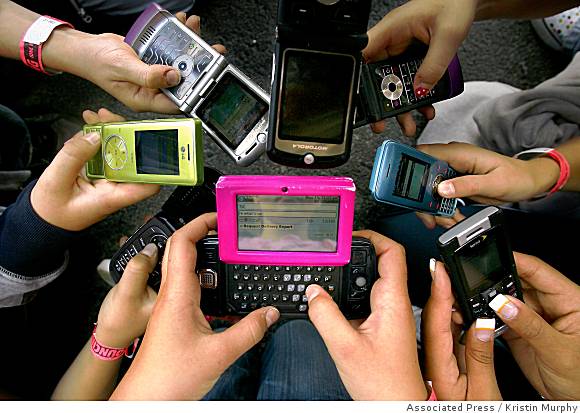We’ve developed a real interest in mobile apps lately, and today we had a conversation about mobile apps for engaging college students. I know that in my college experience, cell phones and mobile devices were typically banned from the classroom, but it seems like that may be changing now as colleges integrate mobile technology into the learning process.
This example is particular inspiring: iPhones as “Super-Clickers” for Classroom Feedback. Abilene Christian University gave (free) iPhones and iPod Touch devices to all first-year students back in the Fall of 2008 – these devices were to be used in the classroom with an app developed by programmers at the university.
The application lets professors set up instant polls in various formats. They can ask true-or-false questions or multiple-choice questions, and they can allow for free-form responses. The software can quickly sort and display the answers so that a professor can view responses privately or share them with the class by projecting them on a screen. For open-ended questions, the software can display answers in “cloud” format, showing frequently-repeated answers in large fonts and less-frequent answers in smaller ones.
An article on SocialBrite also points out 10 must-have mobile apps for college students, including:
- Evernote – for note-taking
- Wikipanion – for research
- GoDocs – for Google Docs
- Cliqset – for managing social networking
- MyHomework – for planning
- Rate My Profs – for rating and researching professors
- Kindle – for books and textbooks
- FlashCards++ – for studying
- Sleep Cycle – for waking up
- iTranslator – for language translation
So, are cell phones still a distraction in the classroom, or have they become as necessary and ubiquitous as a notebook and pen?

